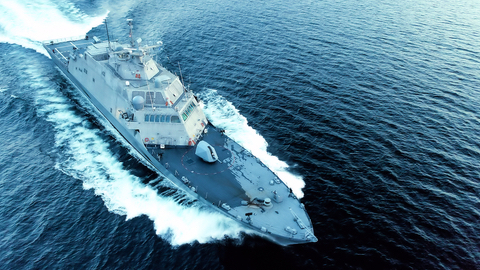
The U.S. Navy released a new strategy document on December 4, 2019 promoting the need for a consolidated information warfare discipline within fleet maritime operations centers and calling for the creation of new, dedicated information warfare cells. Senior leaders at the Navy and the U.S. Marine Corps plan to use the results from exercises – scheduled to be held in 2020 – to refine requirements and timelines for these cells as part of the budgeting process for fiscal 2022.
The new commandant of the Marine Corps has also issued planning guidance that calls for greater overall naval integration – acting more of an extension of the Navy versus a second land Army. This integration extends to the information warfare realm as well.
“How can we, the United States Marine Corps, help contribute to the mission of the Navy to assure freedom of the seas, project power, enable sea control, provide access in highly contested and informationalized environments?” Lt. Gen. Lori Reynolds, the Marine Corps’ deputy commandant for information, asked. “This is a different mindset and it requires different thinking. This thinking there is the enormous potential to deter, to enable allies and partners, to maneuver, and to frustrate the adversary’s understanding.”
Under the Marine’s information warfare construct and with new guidelines, the Marine Corps is tasked with integrating with the Navy’s distributed maritime operations concept.
“Information warfare is the foundation of distributed maritime options,” Rear Adm. Steven Parode, director of the warfare integration directorate, said. “This year we’ve been closely integrating with the United States Marine Corps to bind together more closely their concepts for information operations and operations in the information environment with information warfare in the United States Navy so we can take advantage of the capabilities and the intensity that the Marines bring to a maritime fight.”
